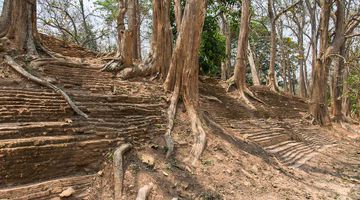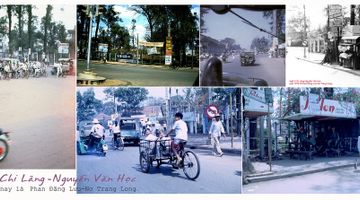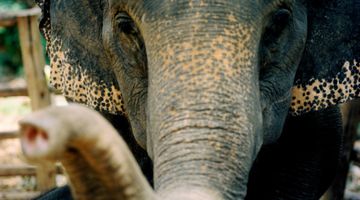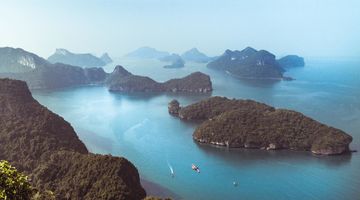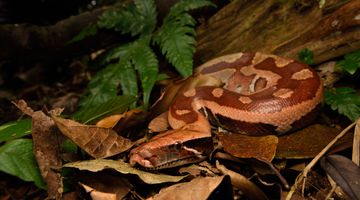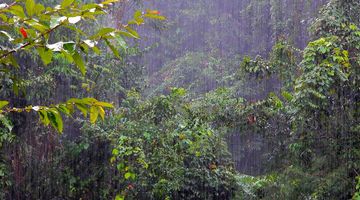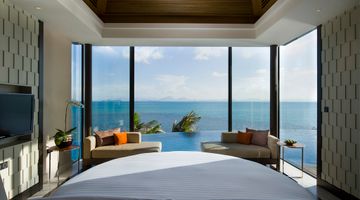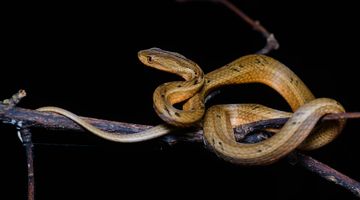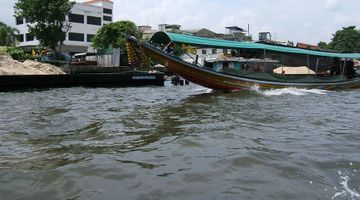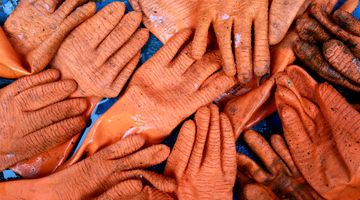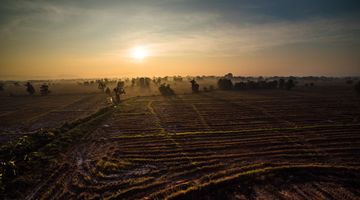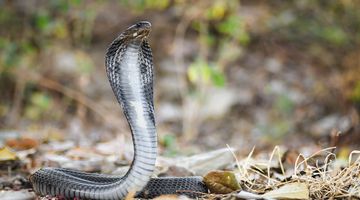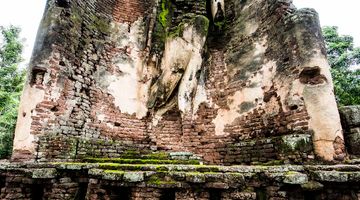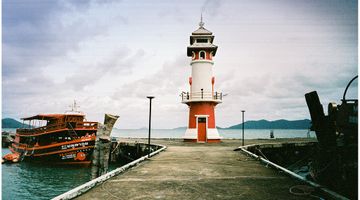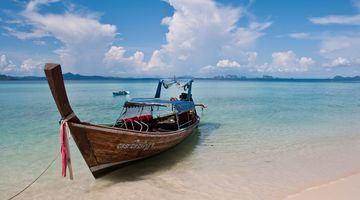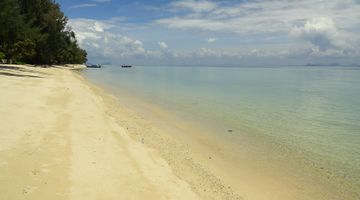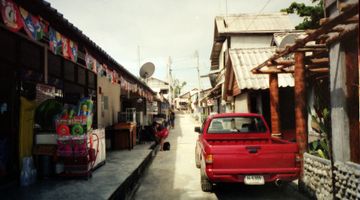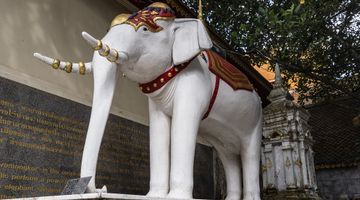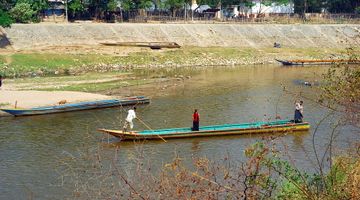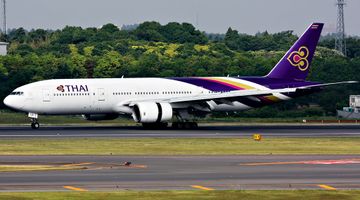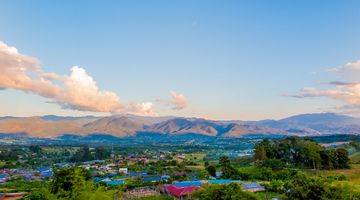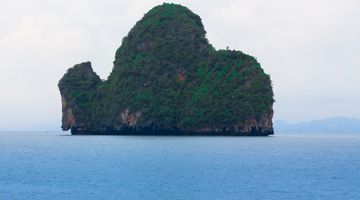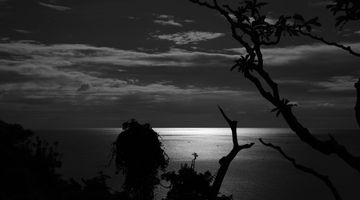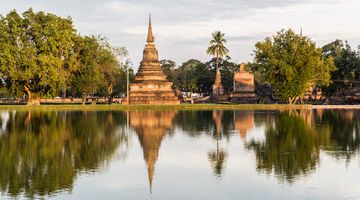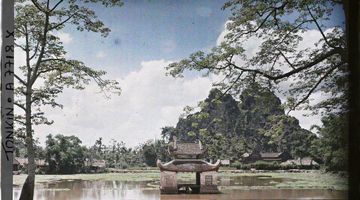Phanom Rung Sights and POI
Ranked N1 among all other Khmer ruins in Thailand, Phanom Rung complex in Buriram province is definitely impressive with its long way of procession and well preserved temples. But it is by far not the only attraction in Nang Rong area.
Prasat Phanom Rung
What’s most impressive about Phanom Rung, especially when compared to other Khmer temples around Thailand, is how well it is conserved. Of course the huge restoration job that took more than twenty years to be completed played a big role but even before that the strategic position on top of the hill where it had been built prevented the complex from destruction amid battles and wars. The fact that over the last ten centuries Phanom Rung has been constantly used as a religious site by all those people who took control of the region means that it has been continuously maintained and never abandoned. As a result of that nowadays we still have a chance to admire one of the few intact Khmer constructions in Thailand in spectacular condition.
The design of the complex is meant to remind of Mount Kailasa, a holy Tibetan mountain which is believed to be the residence of Shiva. The craters of the extinct volcano (yes, there are volcanoes in Thailand!) have been replaced by ponds and pools which symbolize the oceans.
On entering the gate of the complex a long walkaway will give you impressive views of the main tower and it’s a perfect spot for memorable pictures. The Naga balustrades symbolize the passing from the human world to the God’s reign. The central tower symbolizes Mount Meru, the centre of the Universe in Hindu mythology. There are very informative signs both in Thai and English all through the site with detailed explanation of what you see around.
Phanom Rung is open every day from 6am till 6pm. Tickets cost THB100 but if you’re planning to visit Muang Tam as well you can buy a combined ticket for THB150 (which is valid for 30 days just in case a single visit is not enough for you). If you’re coming from Nang Rong with a bike or car there are clear signs in English and it’s impossible to miss it.
Prasat Mueang Tam
If Phanom Rung was meant to be the most spiritual site of the region and the house of the Gods, Prasat Mueang Tam used for more practical purposes or at least this is what archaeologists think it did. What is left today is a beautiful and well preserved temple that was once only the centre of the most important village in the area. There’s nothing left of the village though, since more than likely all the other constructions were made of bamboo and mud.
Mueang Tam is located few km away from Phanom Rung and signs of an ancient road that connected the two sites are still visible.
The temple is surrounded by high walls and L-shaped ponds at each corner dedicated to the God of water, protector of the temple. It is worthy of note that opposite to many other Khmer complexes which feature ponds – e.g. Angkor Wat in Cambodia – the ponds in Prasat Mueang Tam are located within the walls and not outside.
As it is a lot less famous than Phanom Rung, Muang Tam is often overlooked by visitors in a hurry. Make sure you don’t make the same mistake, because even if it’s smaller, many people will consider it a better experience especially because of the quieter and intimate atmosphere that surround all the place. We happened to get to Prasat Mueang Tam at sunset and the complex look really impressive with water lily filled ponds and red brick ancient walls lit with the last rays of sun.
To get here from Phanom Rung follow the highway 2044 for 2 km and then turn right on 3054 for 5 more km. Or simply follow the clear signs in English. Admission fee is THB100 or THB150 if combined to Phanom Rung. Open every day from 6am to 6pm.
Wat Khao Angkhan
Wat Khao Angkhan is another religious site located 20 km away from Nang Rong. It’s a quiet and less visited modern temple which wouldn’t have any appeal if it weren’t sitting on a site with almost 13 centuries of history and if it weren’t built on top of another extinct volcano from where you can have beautiful views of the surrounding forest.
Sandstone boundary stones, bai sema, are said to date back to the 7th century and a legend tells this is the place where some of Buddha’s ashes have been preserved (one of the meaning of Angkhan is ‘ashes from cremation’). The modern temple features a 35 m long reclining Buddha.
We were absolutely impressed by tranquillity of the place and in January there was a palpable autumn air to the whole place with the red walls of the temple on the background of yellow leaves of the forest. Do not miss the wall paintings inside the wiharn – they are already damaged but still very nice.
There’s no admission fee. To get here drive south from Nang Rong along highway 2073 for 20 km.

